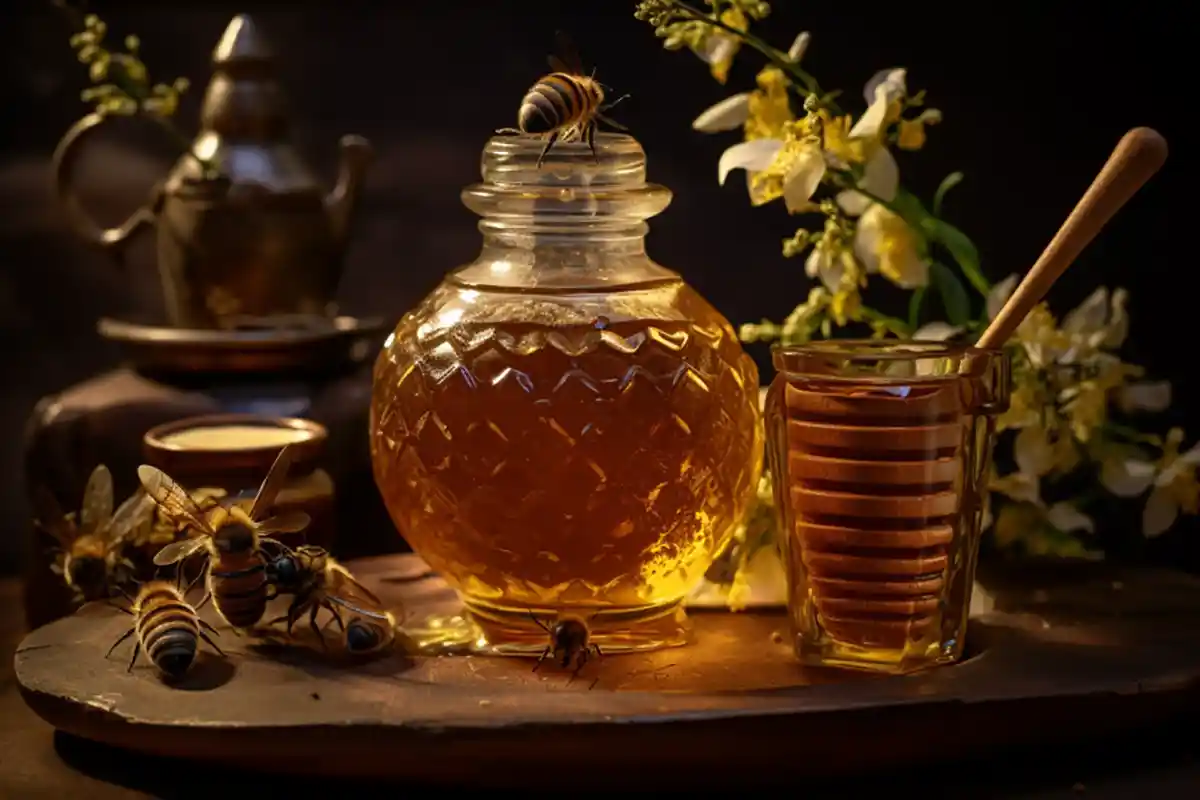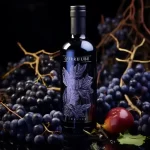Discover the delightful world of Traditional Mead, a delightful honey-based beverage. In this comprehensive article, we explore the history, brewing process, varieties, and answer FAQs about Traditional Mead.
Introduction
Welcome to the world of Traditional Mead, a fascinating and ancient beverage that celebrates the pure essence of honey. This delightful elixir has been cherished for centuries, and its popularity is experiencing a revival in the modern era. In this comprehensive article, we will delve deep into the world of Traditional Mead, covering its history, brewing process, delightful varieties, and more. So, grab a glass, sit back, and let’s embrace the pure honey essence together!
The Origins of Traditional Mead
The roots of Traditional Mead can be traced back to ancient civilizations, where it was regarded as a divine gift from the gods. Its origins span across different cultures, from the Vikings in Scandinavia to the Greeks, Egyptians, and many more. The sweet nectar of honey transformed into a heavenly beverage, symbolizing prosperity, celebration, and love. Traditional Mead was more than just a drink; it was a cultural symbol that brought communities together.
Understanding the Brewing Process
Traditional Mead is crafted with utmost care and patience, transforming honey into a magical elixir. The brewing process involves a harmonious blend of honey, water, and yeast, with optional additions of fruits, spices, or herbs for added complexity. The combination is then fermented, allowing nature’s sweet gift to transform into a delightful and intoxicating beverage. The fermentation period and aging process play a crucial role in shaping the taste and aroma of Traditional Mead, creating unique variations to tantalize the palate.
The Plethora of Traditional Mead Varieties
Traditional Mead enthusiasts are treated to a vast array of delightful varieties, each with its own distinct personality. From the classic sweetness of “Sack Mead” to the refreshing “Hydromel” with lower alcohol content, and the intriguing “Metheglin” infused with aromatic spices—there’s a Traditional Mead for every taste preference. Exploring these varieties is an enchanting journey through time and culture, with each sip telling a story of its own.
The Resurgence of Traditional Mead
In recent times, there has been a remarkable resurgence in the popularity of Traditional Mead. Craft meaderies and passionate homebrewers have embraced this ancient tradition, infusing it with contemporary creativity and flavors. The revival of interest in honey-based products and the allure of experiencing history in a glass have contributed to the renewed fascination with Traditional Mead.
Health Benefits of Traditional Mead
Beyond its delightful taste, Traditional Mead offers some health benefits when consumed in moderation. Honey, its primary ingredient, contains natural antioxidants and antibacterial properties that can boost the immune system. Additionally, the fermentation process can create probiotics, promoting gut health. However, it’s essential to remember that Traditional Mead is an alcoholic beverage, and excessive consumption should be avoided.
Traditional Mead: A Journey Through History
As you savor the exquisite taste of Traditional Mead, you embark on a journey through history itself. Each sip connects you to the traditions of the past, allowing you to experience the same elixir that once graced the tables of ancient kings and queens. The story of Traditional Mead is a tale of human ingenuity and appreciation for nature’s gifts.
The Perfect Pairings for Traditional Mead
To truly embrace the pure honey essence of Traditional Mead, consider pairing it with a variety of delectable dishes. Its versatility allows it to complement a wide range of cuisines, making it a perfect accompaniment to spicy dishes, rich cheeses, succulent meats, and even sweet desserts. Experimenting with pairings can lead to delightful discoveries, elevating the dining experience to new heights.
Brewing Your Own Traditional Mead
For adventurous souls, embarking on the journey of brewing your own Traditional Mead can be immensely rewarding. The process invites creativity and personalization, as you experiment with honey types, yeast strains, and flavor additions. There are countless resources available, from online tutorials to books dedicated to the art of mead-making, ensuring that your brewing experience is both enjoyable and successful.
Myth and Lore Surrounding Traditional Mead
Throughout history, Traditional Mead has been steeped in myth and folklore, adding to its enchantment. Tales of gods and heroes consuming mead to gain wisdom and strength abound in various cultures. The legendary beverage’s presence in mythology speaks to its significance in human culture, elevating it from a mere drink to a symbol of divine connection.
Frequently Asked Questions (FAQs)
Q: What is the shelf life of Traditional Mead?
Traditional Mead has an impressive shelf life, often improving with age. Properly stored in a cool and dark place, it can last for several years, developing complex flavors and aromas over time.
Q: Can I age Traditional Mead indefinitely?
While Traditional Mead can age gracefully, it’s essential to know when to stop. Not all meads benefit from extended aging, and some may reach their peak after a few years. Experimenting with aging periods can help determine your preferred taste.
Q: Is Traditional Mead gluten-free?
Yes, Traditional Mead is naturally gluten-free. Unlike beer, which is made from grains, Traditional Mead’s primary ingredient is honey, making it a safe and delicious option for those with gluten sensitivities.
Q: Can I use flavored honey to make Traditional Mead?
Absolutely! Using flavored honey, such as lavender, orange blossom, or clover, can add delightful nuances to your Traditional Mead, creating a unique and memorable drinking experience.
Q: Does Traditional Mead contain sulfites?
In most cases, Traditional Mead contains low levels of sulfites, which are natural by-products of fermentation. However, many meaderies produce sulfite-free options for those who prefer it.
Q: Can Traditional Mead be used in cocktails?
Indeed, Traditional Mead can be an excellent addition to cocktails, providing a touch of natural sweetness and depth to your favorite concoctions. Experimenting with different cocktail recipes can lead to delightful surprises.
Conclusion
Traditional Mead is a beverage that transcends time and connects us to the essence of nature’s sweet gift—honey. Its rich history, diverse varieties, and enchanting tales make it a treasure to be cherished and celebrated. As you explore the world of Traditional Mead, remember to embrace the pure honey essence that has captivated human hearts for millennia.









